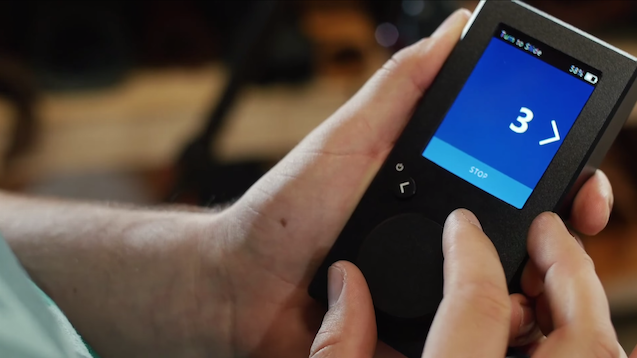When Should You Use a Motorized Slider

When to USE a motorized slider
Motorized sliders allow you to do camera moves that are nearly impossible to do manually. With a motorized slider you can obtain a wide range of different shots that could take your film from being decent to excellent.

VFX work
If you're doing any move that needs absolute precision or repeatability, there's no other way to do it that with a motorized slider. We have a number of filmmakers that do VFX work all day long and you just can't rely on your hands to repeat a move that's going to be used in a composite.
Time Lapses
I've literally seen people do a time lapse by hand. It's excruciating. I can't believe they sat next to their slider with their iPhone as a timer and little sharpie marks as position indicators, moving their camera every 10 seconds. I'm actually fairly certain a filmmaker sent us a picture of it and said jokingly, "Can't wait for Rhino Motion".
You need to use a motorized slider for time-lapses. Especially, if you're taking long exposures and you want your motion controller to trigger your exposure. In Rhino Motion, setting up your time lapse to trigger your camera is insanely simple. It does all of the math for you so you don't have to calculate your interval or even how long your time lapse should last to get the duration of clip you want in post.


Ultimate Smoothness
I can't just say smoothness, because if you've felt Rhino Slider with Flywheel, it's pretty dang smooth. Motion takes it a step further. There are some things a complex algorithm can do that the human hand simply can't. In Turn Wheel to Slide, we use a magnetic encoder and a proprietary algorithm to deliver smoothness that's unheard of. It's dampened just enough so you don't introduce unwanted jerks but responsive enough to change direction quickly.
When NOT to use a motorized slider
Motorized sliders are great but, that doesn't mean that it's the perfect tool for the job every time. When should you not use one?
No access to power
To use a motorized slider, you have you have access to power. Whether that's to charge the internal battery of Rhino Motion or if it's a spare external battery for powering long time-lapses, you have to have juice to make it run. It's something you have to work into your work-flow and plan for. Honestly, we always bring along spare Anker battery packs for those just-in-case moments. You never want to run out of battery especially when you're doing a time lapse.
Ultimate simplicity
Although Rhino Motion actually improves your work-flow and setup time as a filmmaker, some camera slider users prefer a purely mechanical solution. That's why we developed the Flywheel. It doesn't use batteries and is the simplest solution if you want a smooth slide and aren't considering doing time lapse. We have a lot of filmmakers that purchase both Motion and Flywheel and use the one that works best for their schedule that day.
Sidenote:
Brian Russell, our on-staff filmmaker at Rhino had a major aversion to anything electronic when it comes to his slide. That is, until he came on staff and got to experience Rhino Motion as it was being developed. Over the 6 months that it took shape you could see his interest growing and small smile would creep up every time he tested it out. By the end of the project, he wasn't using his hands anymore to move his slider. 100% of his shoots were done with Rhino Motion. This is saying a lot because Brian is the ultimate simplistic filmmaker. Unless it works for him he doesn't bring it.
Check out the video below to see filmmaker Craig Flood talk about his first experiences with using a motorized slider.
CONCLUSION
You already know this, but there is no single tool that can do everything for you. Each tool is used for a specific use and while a motorized slider is an amazing tool, it's not for every shot.






